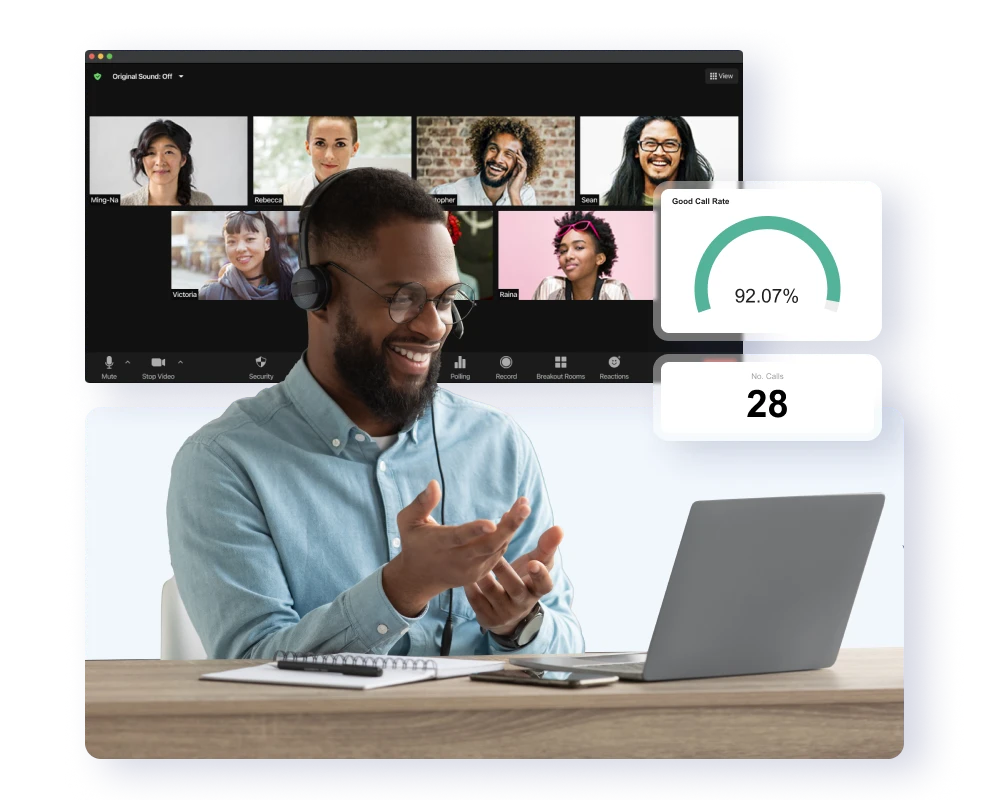Show your work: Prove your MSP value
Partner
It’s one of those unspoken facts of business that the better something is managed, the less people notice. Everything just glides along.
That’s a double-edged sword for managed service providers. On the one hand, you want to give clients a frictionless experience. On the other, you want them to know that’s what they’re getting — and how much you put in to deliver it.
As we wrote in our previous blog, making clients aware of your MSP value is key to unlocking and sustaining subscription-based recurring revenue streams. Which makes it essential to have some ability to track service performance.
MSP value: What your clients need to see
First and foremost these days, clients want to understand how the managed services they pay for contribute to their business goals. That can mean different things to different organization but usually revolves around concerns like productivity, efficiency, profitability and customer satisfaction.
When it comes to managed services for Microsoft Teams, those types of outcomes can be correlated to metrics such as downtime prevented, issues reduced, return on investment for premium services, and license usage and optimization. Other measures include overall good performance: uptime, latency, availability and the like — both at specific points in time and as trends over time.
Another aspect of your MSP value is knowing how successful your team is at managing issues. That’s not just a matter of how many tickets you process and close. It’s about being able to say how many issues you detected and fixed before they affected users, and if there were any recurring patterns that you identified and addressed.
Shine a spotlight on user experience
Next to business outcomes, clients care most about their users’ satisfaction with Teams and Zoom. “Users” doesn’t just mean the people working inside the clients’ organization. It extends to customers and partners, too — anyone interacting with them through their collaboration tools.
Things can get interesting here because even if your metrics show you’re meeting service-level objectives (SLOs) or service-level agreements (SLAs), user experience and satisfaction sometimes tell a different story. For example, living up to your promised response times for issue resolution may not matter to users if issues are happening too frequently or if a major disruption caused significant impact. So as part of your performance tracking, you need to monitor for those things, too.
Build your business case
When you have robust, detailed capabilities in place to track service performance, you’re able to prove your value and strengthen your client relationships.
Reporting regularly on the measures your clients care about justifies the ongoing investment they make in your business. This is especially true when it comes to ‘invisibles’ — issues no one experienced because you mitigated them, or improvements you made to reduce recurring events.
The more MSP value you bring, the better you can position your services as more than just ‘tech support’: you’re likelier to be seen as a trusted strategic partner who’s honest and transparent. That cements loyalty, reduces churn, and helps you stand out in a competitive market — particularly because you have real data points to back up your competitive claims.
How Martello Vantage DX meets your performance tracking needs
Martello’s Vantage DX is purpose-built for monitoring and managing Teams and Zoom environments. Its dashboards and reports provide comprehensive views of Teams and Zoom performance across your clients’ environments — including the end user experience within individual client organizations.
For Teams, you can focus reports by VIP group or location, and drill down into the full range of services including Teams Phone and Teams Rooms.
There’s also an API for extracting and leveraging data outside of Vantage DX so you can enrich your customer insights with additional metrics or analyze collaboration solution performance in the client’s broader IT context.
Drawing on all of this, you’re much better positioned to implement and report on SLOs and SLAs built around meaningful outcomes — hour by hour, every day.


